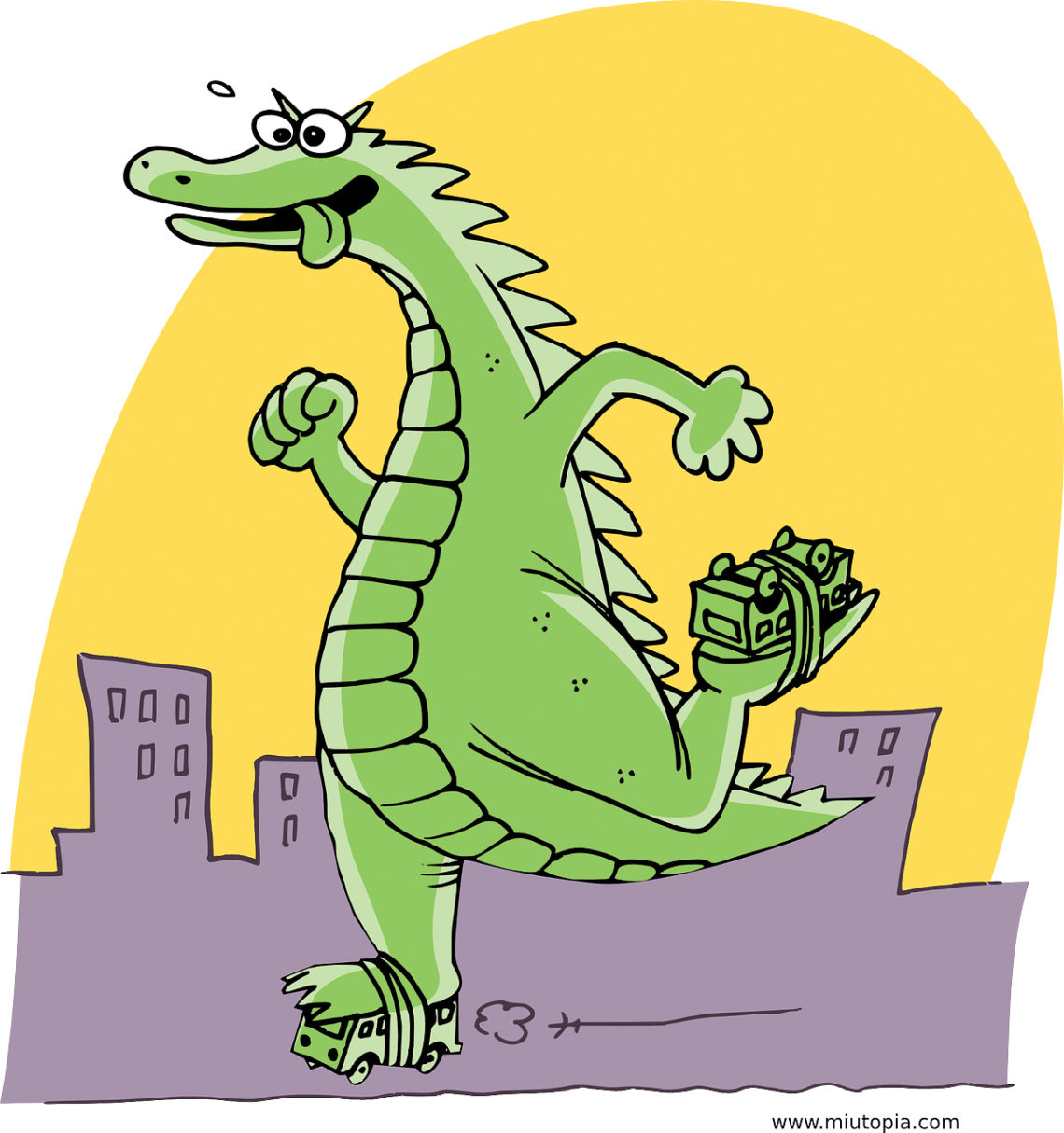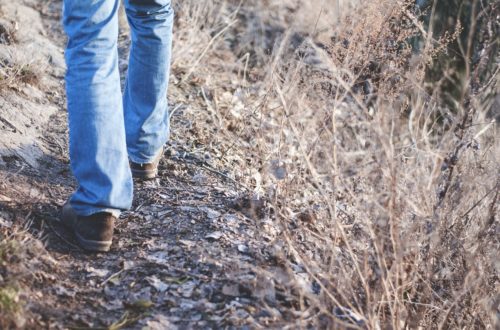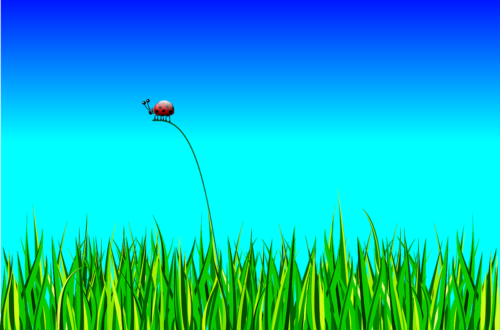Re-envisioning the Ecological Footprint
The “ecological footprint” has come to be a widely used term in the sustainability community. Mathis Wackernagel developed the concept as a measure of the demands made by human societies on the ecosystem—a larger footprint represents greater demands and therefore more strain on the Earth’s capacity to sustain the living systems upon which we all depend (and by “all” it is meant not just all humans but all our companions in the wondrous process of life).
As such, the term in common usage carries something of a negative connotation. People think of their ecological footprint as a source of guilt, a sort of environmental original sin that we can never escape: as though “to live is to consume is to destroy.” The best we seem to be able to do is reduce our footprint, but even a small footprint represents our ongoing personal contribution to the immiseration of the planet.
There are circumstances when this approach to analyzing environmental impacts makes sense. After all, it is flatly true that human society at large is undermining nature’s capacity to regenerate and renew the Earth’s living systems. Collectively, we consume more biological energy each year than nature can gather and utilize anew from the sun; simultaneously the toxic discharges of our industries and untenable agricultural practices further the harm by weakening the health and foundation of the life forms that would otherwise make up for some of the over consumption gap.
Nonetheless, it is equally inaccurate to think of our impacts on the community of life as necessarily or strictly negative. Not only is this a mistaken view, the emotional baggage associated with such a mistake can inhibit positive choices. By promoting feelings of guilt and depression, a narrowly negative view of human connection to nature dis-empowers people from making eco-friendly lifestyle changes, or even drives them toward reactionary attitudes.
So if our ecological footprints are not only like those of Godzilla, smashing and terrorizing communities of life wherever we roam, what else might they be like? Well, for one, they can be like the “footprint” of the earthworm. As the earthworm goes about its business feeding itself on microbes in the decaying organic matter passing through its gut, it is also providing marvelous benefits to the plants growing in that soil—as well as the multitudes of microbes that escape its predation. Further, the action of earthworms helps to aerate the soil, increasing its functional fertility and water-processing capacities. By consuming decaying matter, earthworms help the decomposition process, making organic matter available for recirculation through the cycle of life. Better than that, the excreted “worm castings” beloved by vermiculturists (those who use worms to compost their kitchen scraps) are rich in humus meaning that they increase soil’s capacity to support life from the microbial to plant levels. In fact, there are more microbes living in an earthworm’s castings than are in the matter entering its mouth. In other words, the ecological footprint of the earthworm is, overall, distinctly positive: though it consumes a fraction of soil life to sustain itself, its overall effect on the soil ecosystem is to promote a greater abundance of life than would exist without the earthworm.
Earthworms are not the only beings with beneficial ecological footprints. Most people know that trees “exhale” water through their leaves, increasing humidity; they also release complex organic compounds into the air which form the core of cloud droplets. Without these compounds, the atmosphere would hold more water and return less in the form of rain. The action of these trees (and some bacteria which produce similar compounds) is responsible for up to 75 percent of the precipitation falling on rainforests—so rainforest trees are not mere passive recipients of a given climate. They are active participants in creating and maintaining the astonishingly diverse ecosystems to which they are adapted.
Examples of these positive feedbacks, these beneficial footprints exist in every category of life forms. From nitrogen-fixing cyanobacteria in soils and waters to ungulate herds traversing grasslands to mycorrhizal fungi growing into the cells of their plant allies, the dynamics of ecosystems and evolution result in organisms that act like the invisible hand commonly admired by proponents of market economics. Though these organisms aren’t planning their behaviors around a goal of mutual benefit, the result is undeniable—and inspiring.
We humans can do the same, and whether we know it or not many of us are doing so already. When you compost, you are promoting a greater quantity and diversity of soil life. When you plant nitrogen-fixing or nutrient-accumulating plants, you promote fertility for their companions. When you grow flowers rich in nectar, you encourage healthy populations of insects and birds. It’s not for nothing the adage persists, “the best fertilizer is the gardener’s footsteps.”
Impacts aren’t necessarily small-scale. Holistically managed cattle herds on ranches and farms in the hundreds to thousands of acres in size have been measured to increase biodiversity and promote formation of massive quantities of new topsoil. Most famous for her positive impact is Wangari Maathai, recently deceased winner of the 2004 Nobel Peace Prize for her Green Belt Movement that has planted tens of millions of trees, primarily in Kenya. Restoration of deforested lands there has reduced droughts, soil erosion, and poverty while increasing wildlife diversity and food security.
Your impact on the world is not restricted to the range of more or less harmful. It can be actively positive. You can live your life in such a way that the world is better off because of your presence. This is as true at the level of ecology in your yard as it is in the sphere of society.
The answers are not always obvious, but the questions are essential: Will my actions promote a healthier ecosystem? Will they increase the diversity of life forms and the stability of populations in this location? Will they encourage supportive human connections across social boundaries? Are they the actions of an earthworm rather than a Godzilla?
We’ll have disagreements and make mistakes in the search for “yes, yes, yes, and yes,” and changing circumstances will require us to revisit our answers over time. But at the moment, too many well-intentioned people don’t even know that these questions exist, let alone know how best to get to “yes.”
The challenges facing our world won’t be solved by wholesale optimism any more than by strict pessimism. As with the serenity prayer line, “grant me . . . wisdom to know the difference,” the appropriate use of positive or negative versions of ecological footprint analysis depends on context. Don’t let this useful tool shackle you with a narrow interpretation of your connection to life. Fear not: the beneficial path exists. The first step is to see yourself and others as having the capacity to walk the path, and to extend it.
Jonathan Teller-Elsberg is a permaculture consultant who operates out of Norwich, VT.
REFERENCES:
Clive Edwards, Soil Biology: The Soil Biology Primer, Chapter 8: Earthworms
http://soils.usda.gov/sqi/concepts/soil_biology/earthworms.html
Rhett A. Butler, Rainforest Ecology
http://rainforests.mongabay.com/amazon/rainforest_ecology.html.






